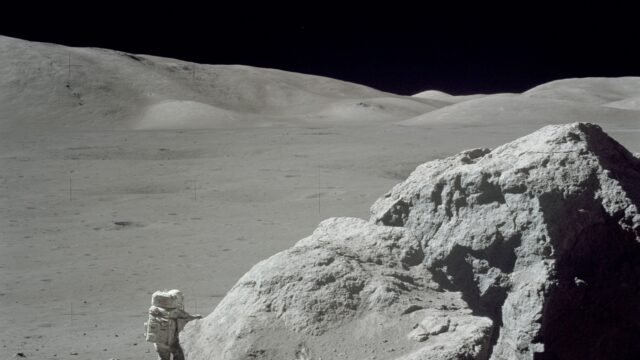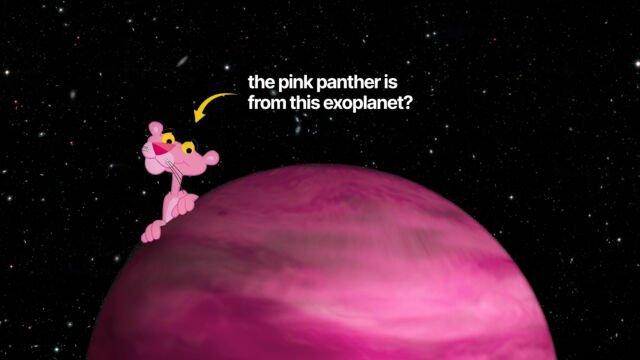NASA began its ambitious project to simulate a year-long Mars mission on Sunday at NASA’s Johnson Space Center in Houston, Texas
Four volunteers entered the 3D-printed virtual Mars habitat and are expected to remain for 378 days while facing various challenges to anticipate a real-life human mission to Mars.
The participants, Kelly Haston, Ross Brockwell, Nathan Jones, and Anca Selariu, were chosen from a pool of applicants for NASA’s Crew Health and Performance Exploration Analog (CHAPEA) mission and are not trained astronauts.[1]
What Exactly is Crew Health and Performance Exploration Analog (CHAPEA) Mission?
CHAPEA is a series of analog missions simulating year-long stays on Mars’ surface.
Each mission will consist of four crew members living in Mars Dune Alpha, an isolated 1,700-square-foot habitat.
The mission is the first of three planned Mars surface simulations, each expected to last one year.
According to NASA, the crew will conduct mission-like activities during the mission.
They will participate in simulated spacewalks and provide real-time data on various factors, including physical and behavioral health and performance.
NASA also announced that the crew would face obstacles similar to a Mars mission, including resource limitations, equipment failure, communication delays, and environmental stressors, as they simulate conditions for the most accurate data.
The mission will be conducted in A 3D-printed habitat that includes private crew quarters, a kitchen, a crop production space, two restrooms, and areas for work, pleasure, and fitness.
What is NASA’s Goal for this Mission?
NASA is leading a return to the Moon for long-term exploration.
Through the Artemis mission, NASA will land the first woman and first person of color on the Moon, using innovative technologies to explore more of the lunar surface than ever before.
NASA says the information collected and studied throughout these missions, along with ongoing exploration happening on and around the moon, will help send the first astronauts to Mars in the future[2]
“The simulation will allow us to collect cognitive and physical performance data to give us more insight into the potential impacts of long-duration missions to Mars on crew health and performance,” said Grace Douglas, CHAPEA principal investigator.
“Ultimately, this information will help NASA make informed decisions to design and plan for a successful human mission to Mars.”
References
- NASA Johnson, ‘CHAPEA Mission 1 Crew Ingress’, 26 June 2023, https://www.youtube.com/watch?v=WEa88ZZWAEQ[↩]
- National Aeronautics and Space Administration, ‘A Step Toward Mars,’10 November 2022, https://www.nasa.gov/chapea/about[↩]





